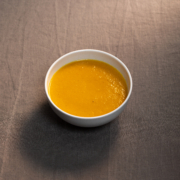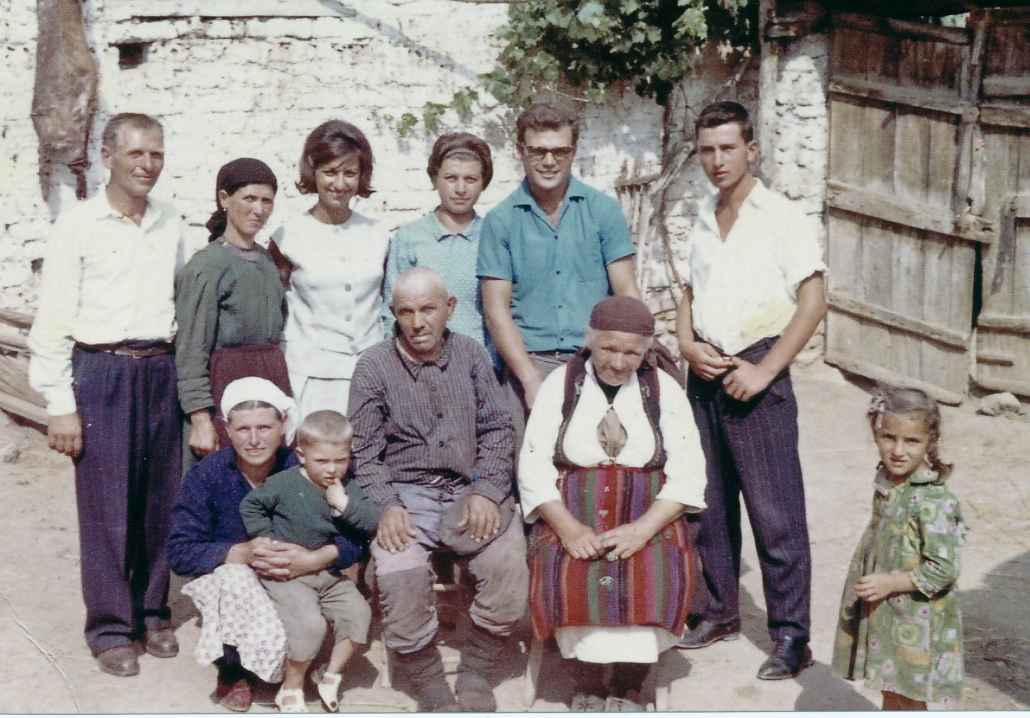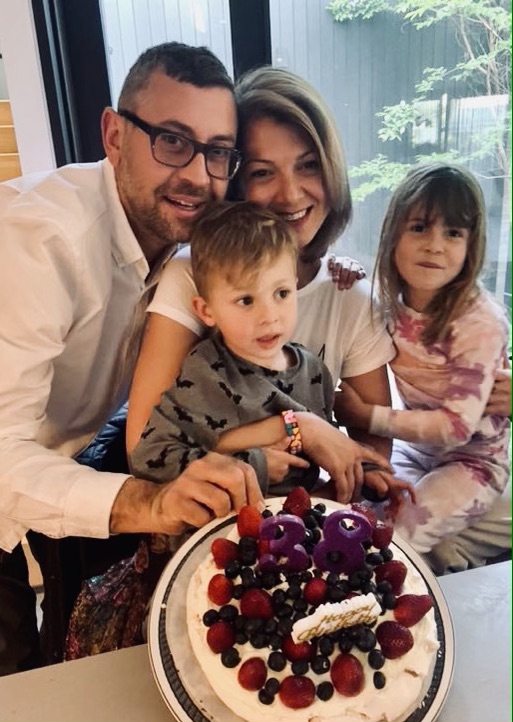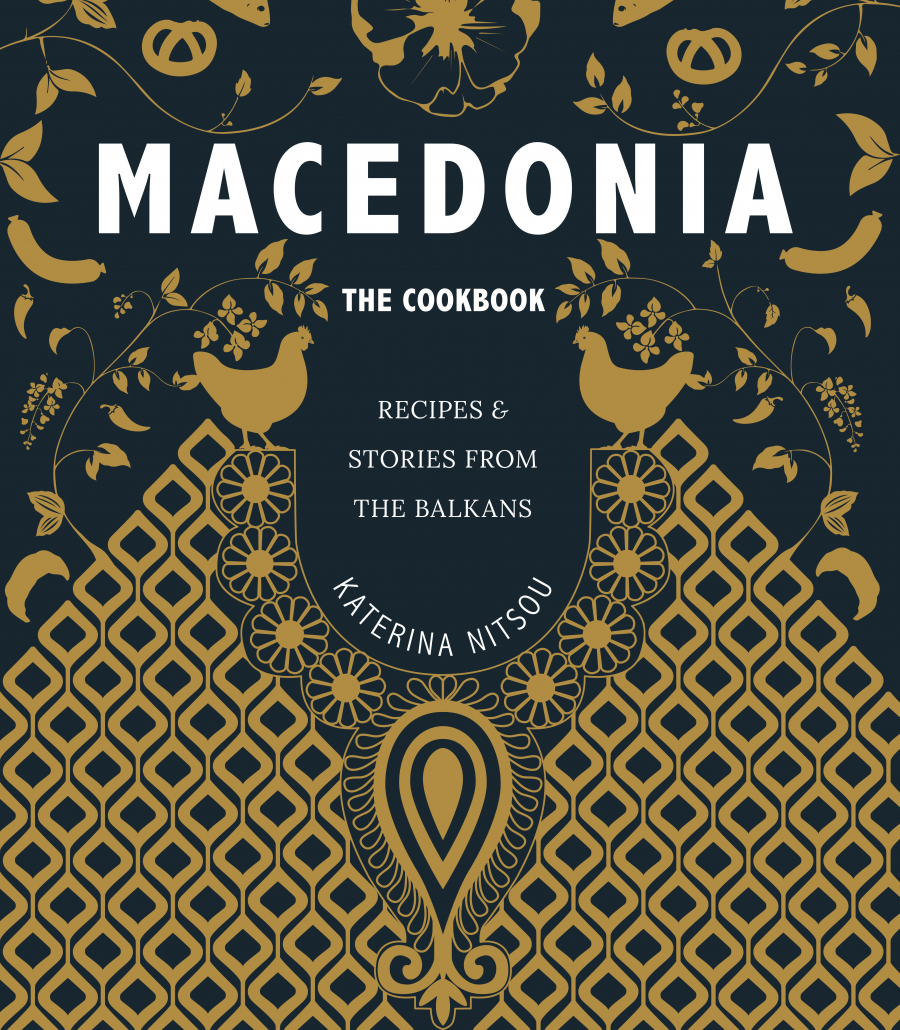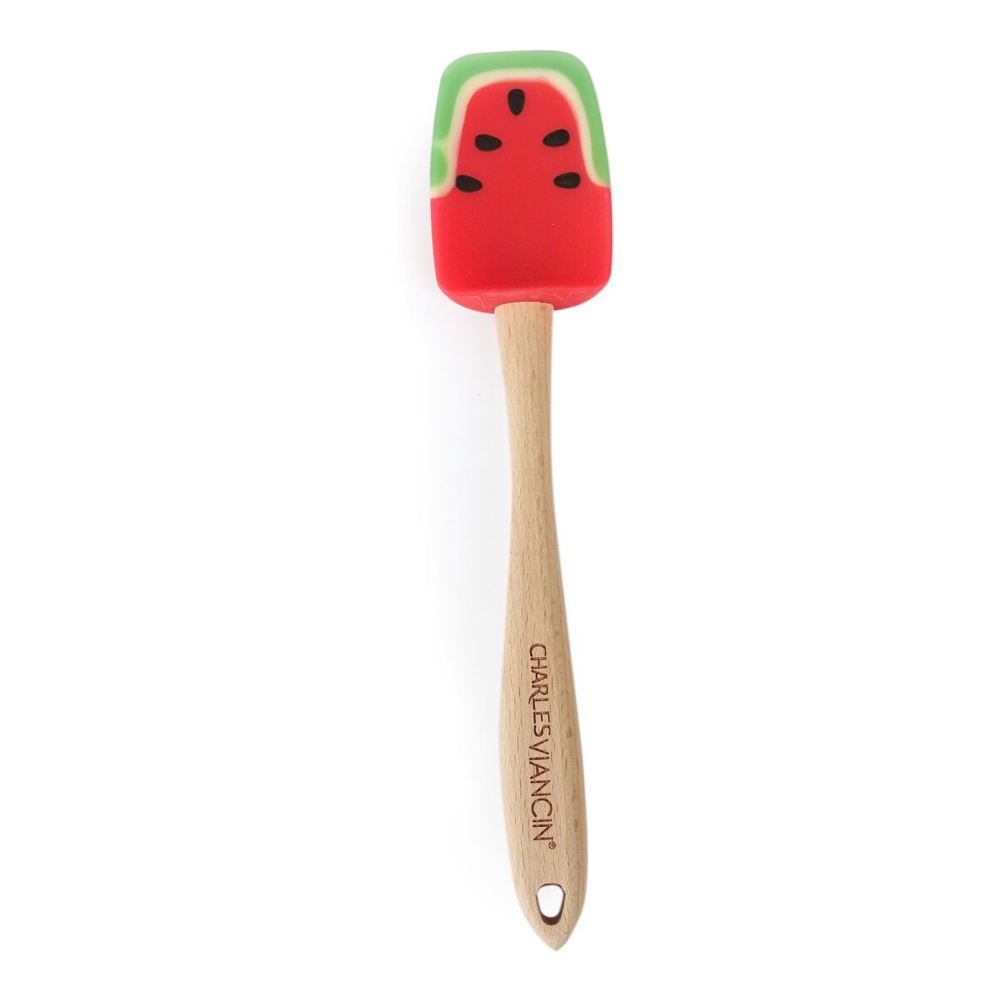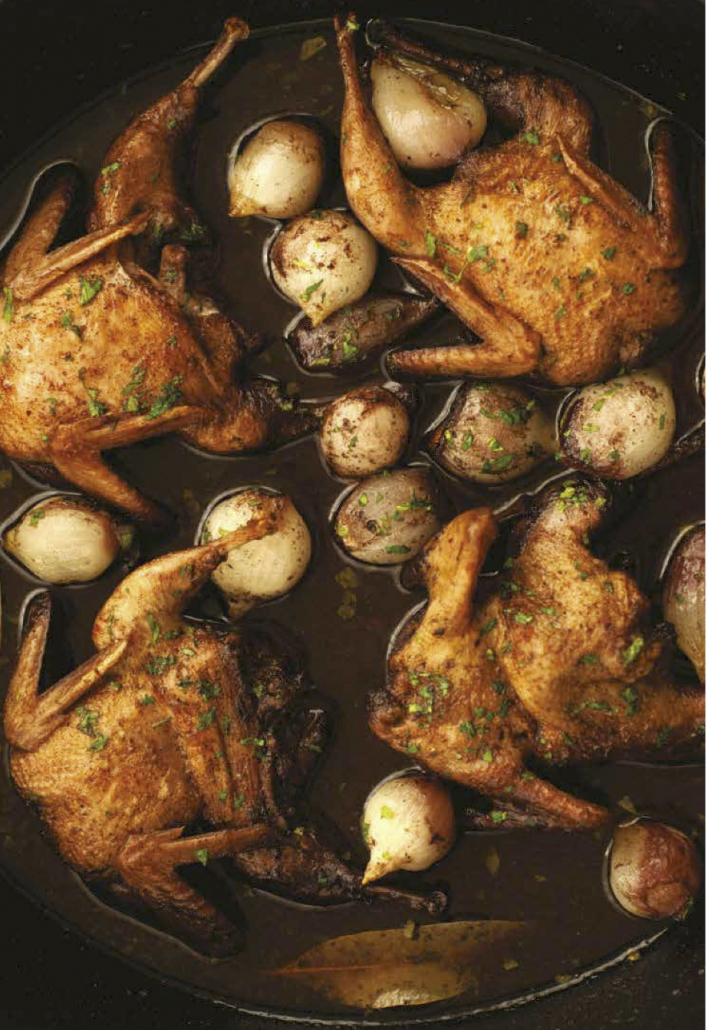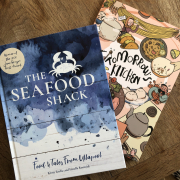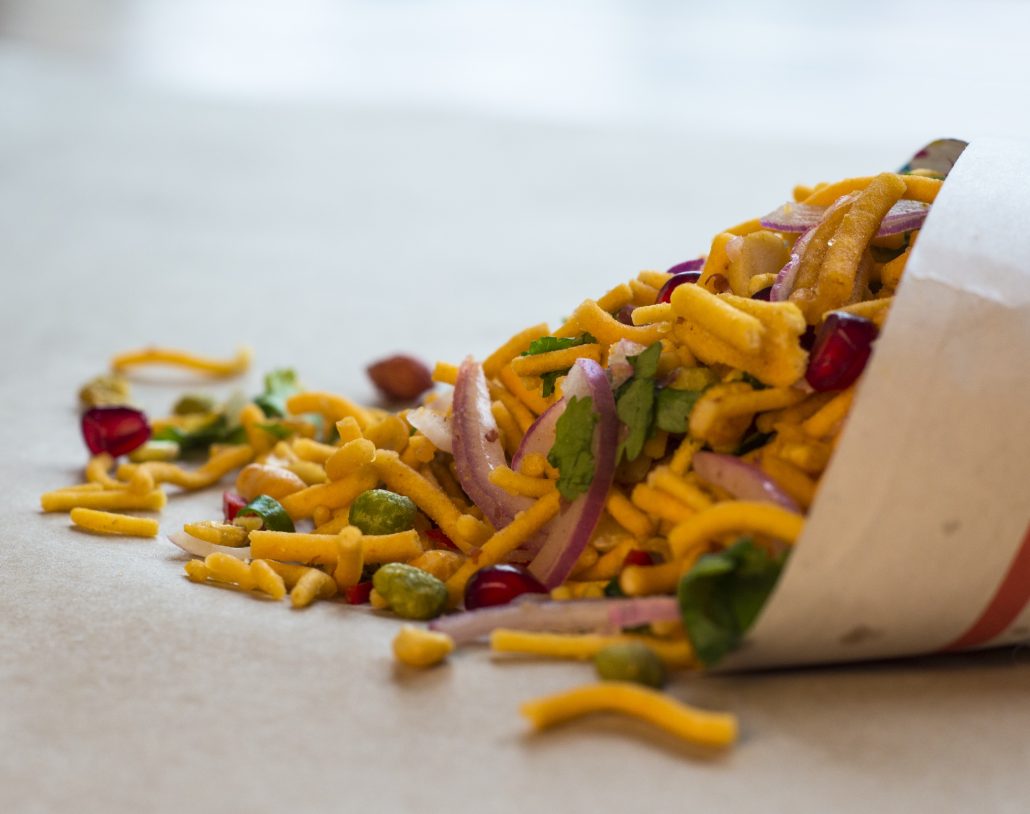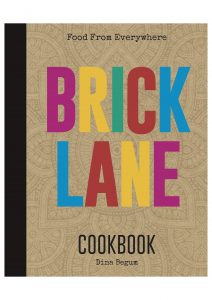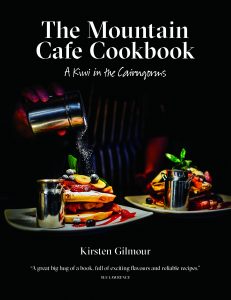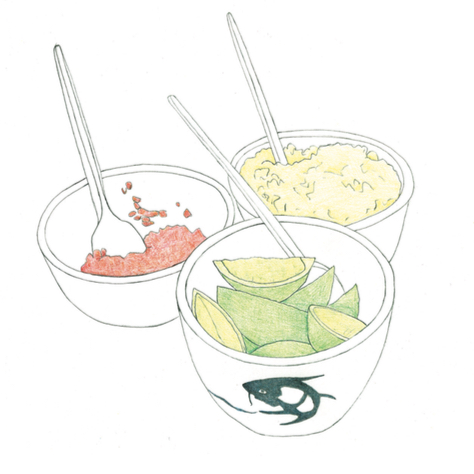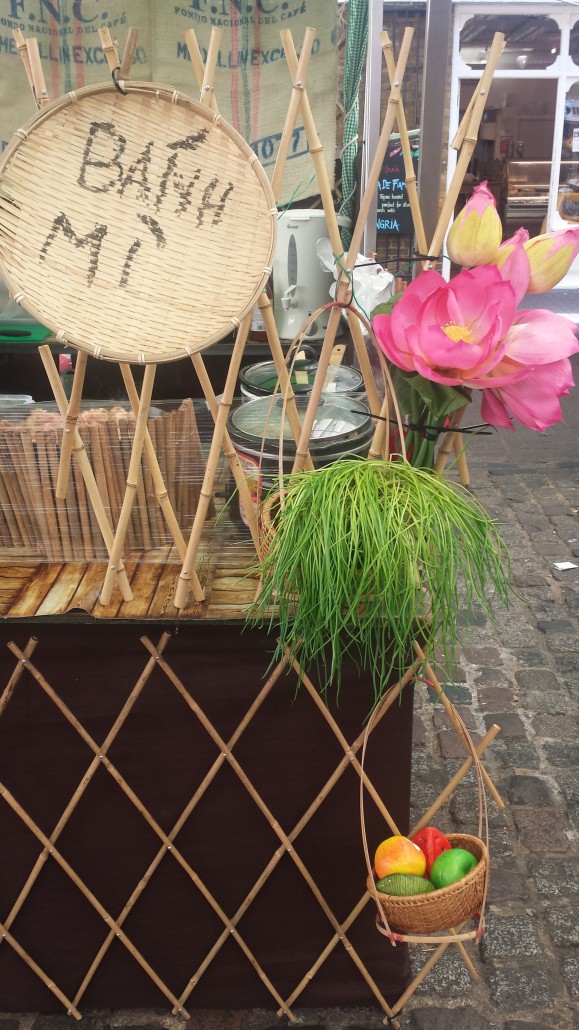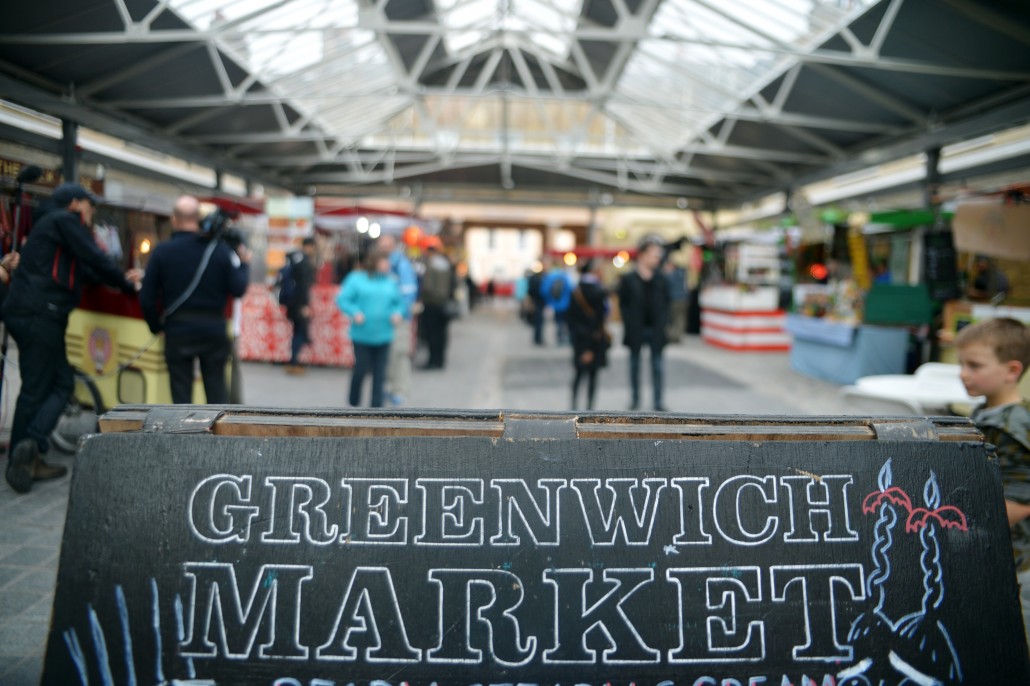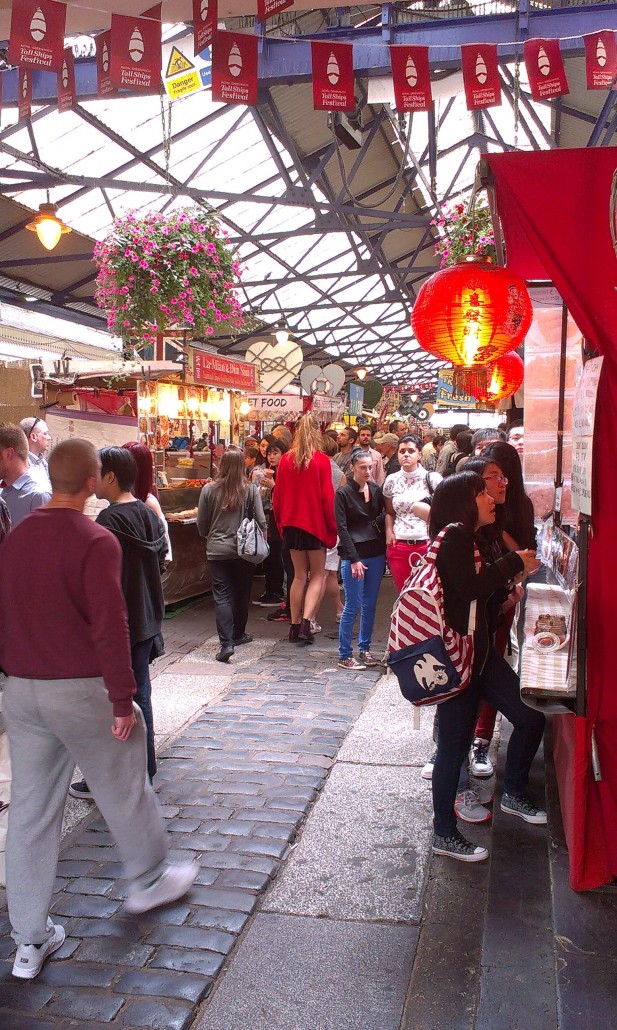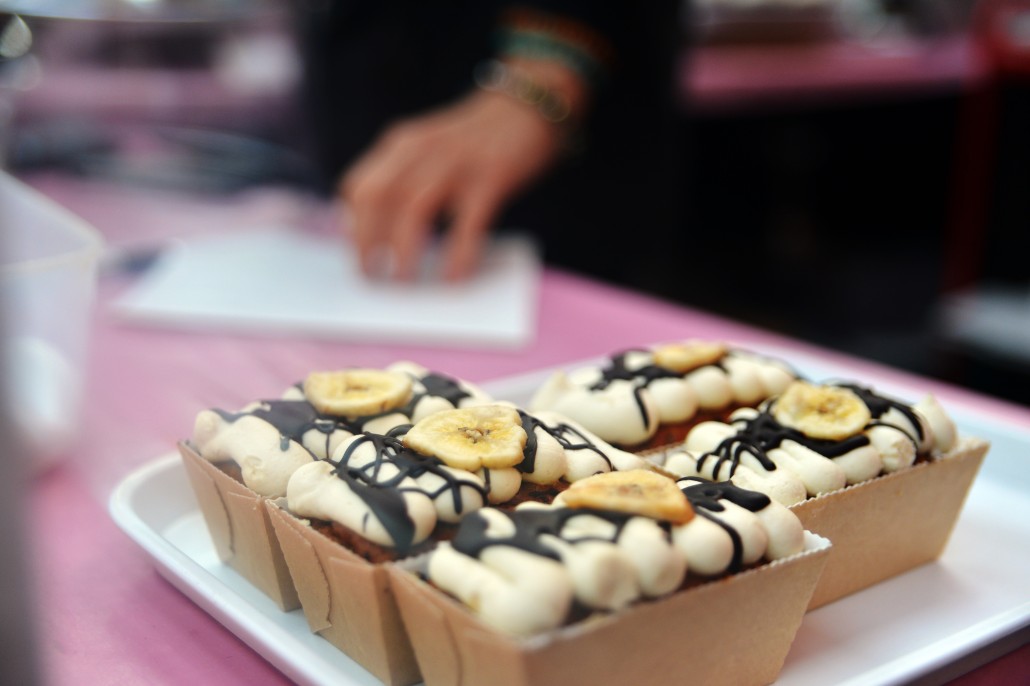Recipe taken from Seasonal Soups by Fraser Reid
As the cold weather kicks in here in Scotland, we reflect on one of our very best-selling books Seasonal Soups by the delightful and charismatic Fraser Reid.

Fraser is very inspiring character who gave up his previous office job to open a fruit and veg store in our hometown of Dundee cunningly named Fraser’s Fruit & Veg.

His book Seasonal Soups was inspired by the popular soup packs he sells in the shop to customers based around the seasonal goods available and as a way of encouraging people to try out different vegetables and experiment with new flavours.
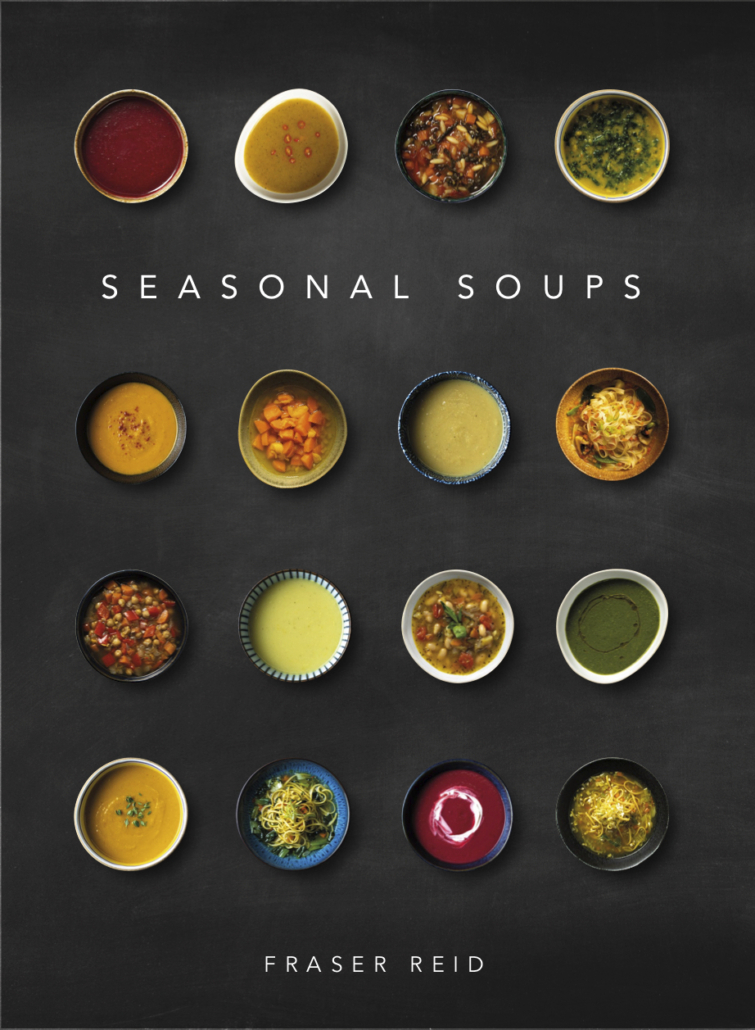
Over three editions this wee gem of a cookbook has grown into a phenomenon and we are so happy to have been a part of Fraser’s exciting journey.
Now back to the soup. To celebrate this journey and the joy it has brought to so many, we thought we would share one of our favourite winter warmers from his collection that will keep you busy in the kitchen and cosy at home, while tickling those tastebuds – Butternut Squash, Coconut & Apple.

Now over to Fraser and as usual the beauty is in the simplicity of the recipe and a few choice ingredients.

Butternut Squash, Coconut & Apple Soup
The apple in this soup acts as a sweetener and can easily be replaced by using a pear, peach or apricot.
Serves 4
1 tablespoon olive oil or butter
1 onion, peeled and roughly chopped
1 carrot, peeled and roughly chopped
1 teaspoon garam masala
1 butternut squash, peeled, deseeded and diced
1 apple, peeled, cored and roughly chopped
2 stock cubes
1.5 tablespoons creamed coconut
salt and freshly ground black pepper
Heat a pot on a medium-low heat and add the oil or butter. Fry the onion, carrot and garam masala for 5–10 minutes.
Add the squash and apple and continue to cook for 5 minutes.
Pour in 1.2 litres of boiling water, and add the stock cubes and the creamed coconut, stirring to make sure it dissolves.
Bring to the boil, then turn down the heat and simmer for 20 minutes.
Blend the soup until completely smooth, and then season to taste.

Thank you Fraser for another very tasty and heartening soup to keep us warm.
You can buy Seasonal Soups direct from us with free postage right here

